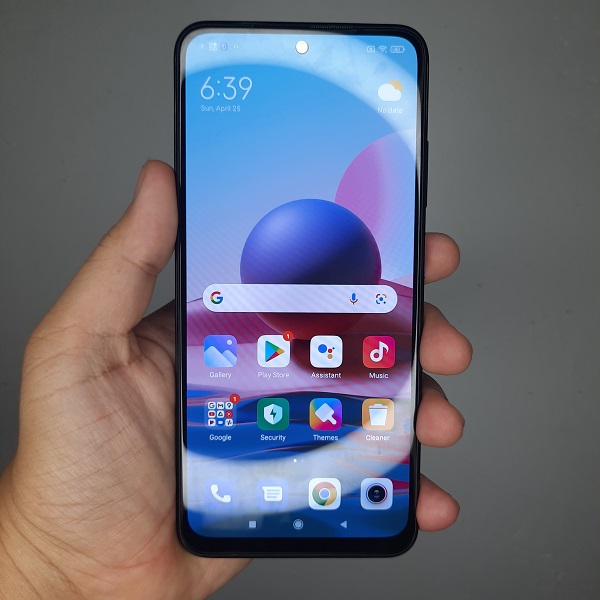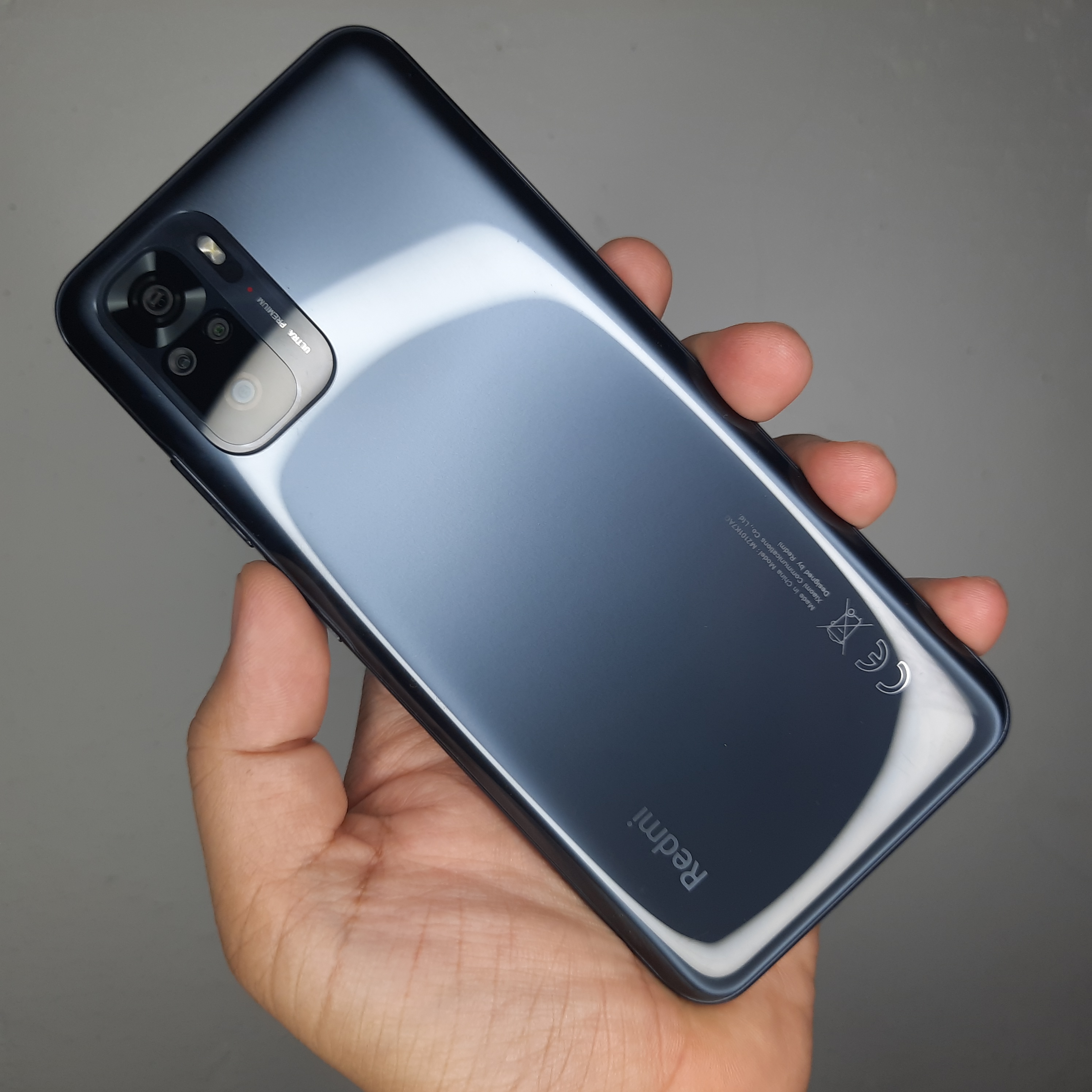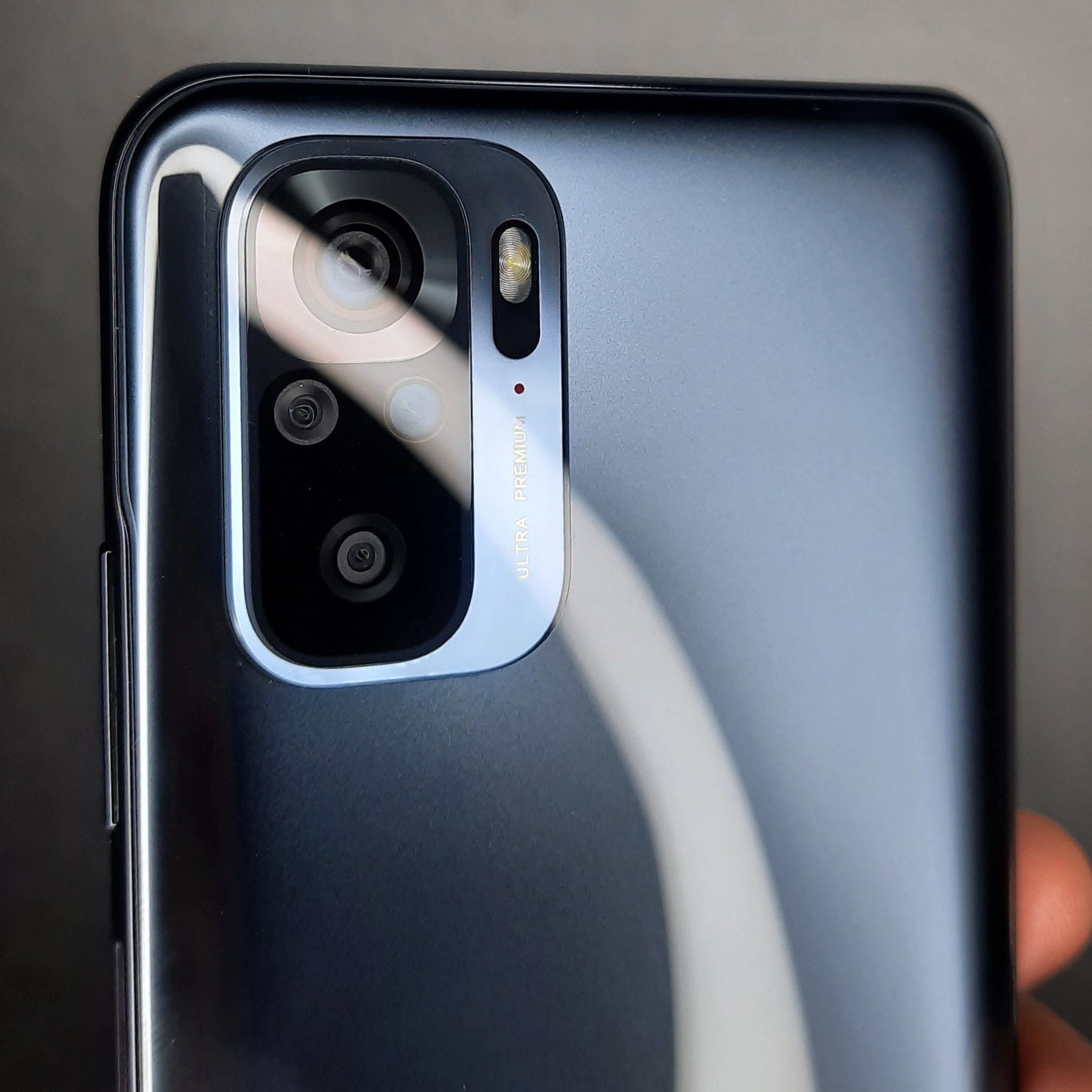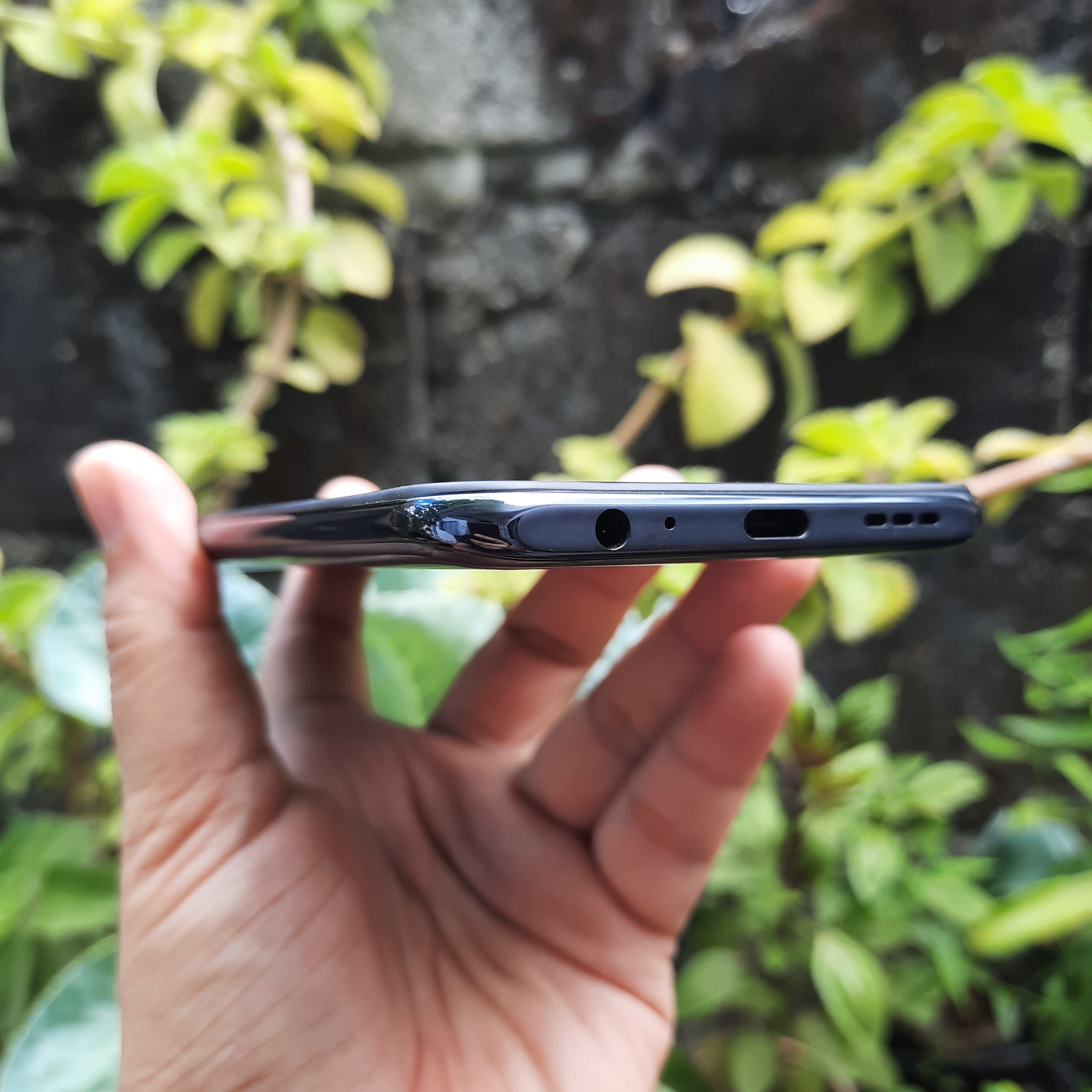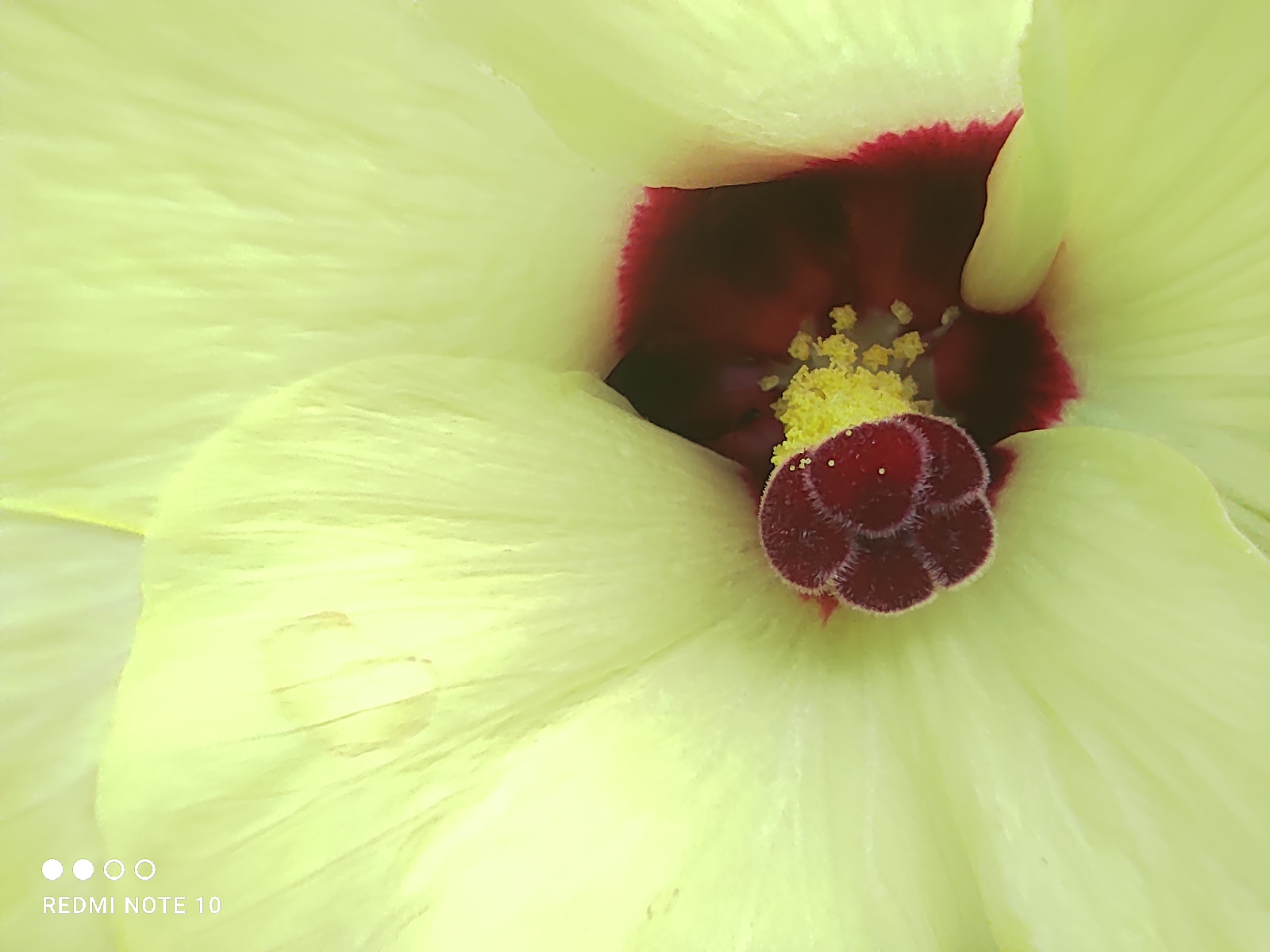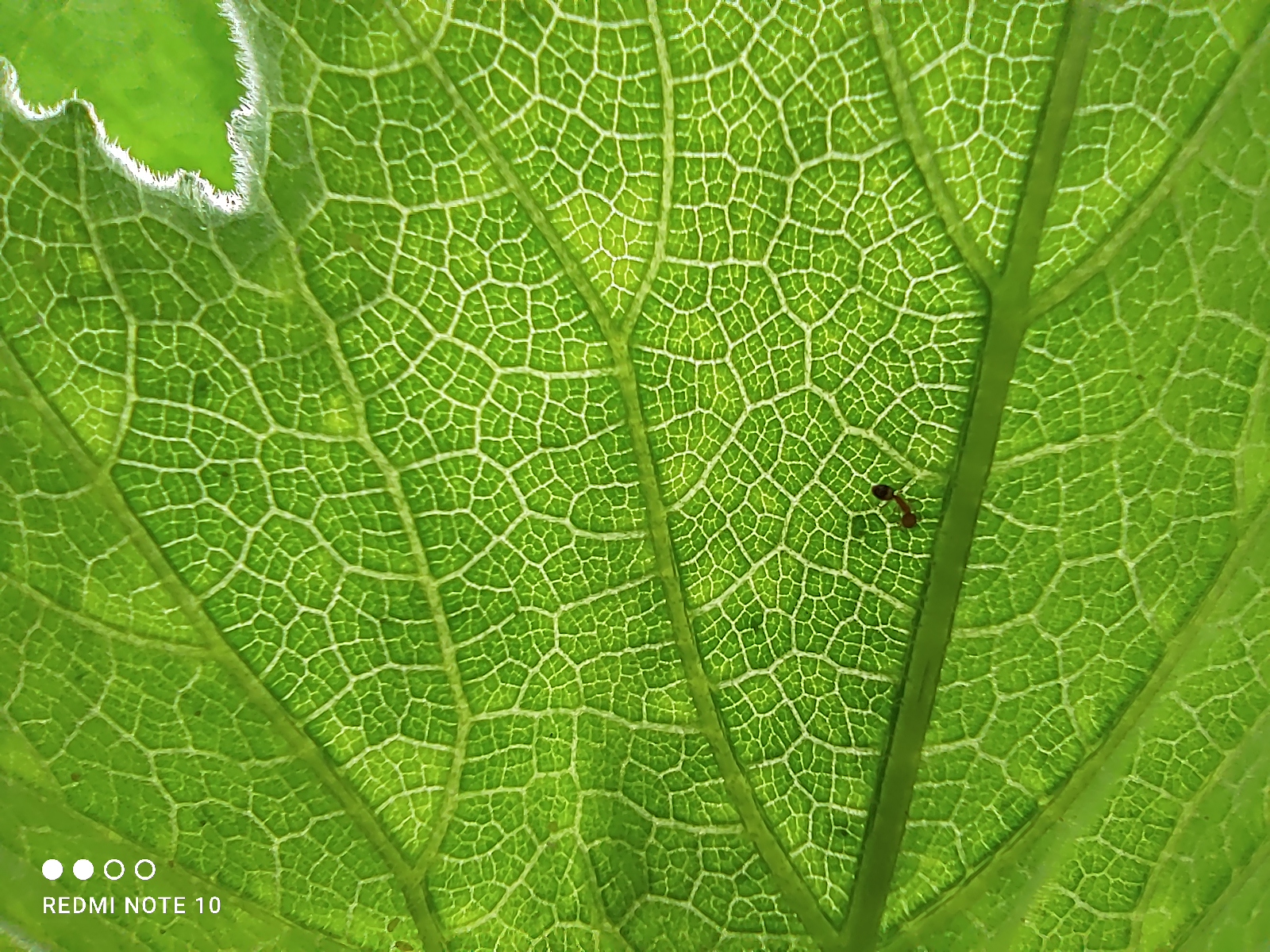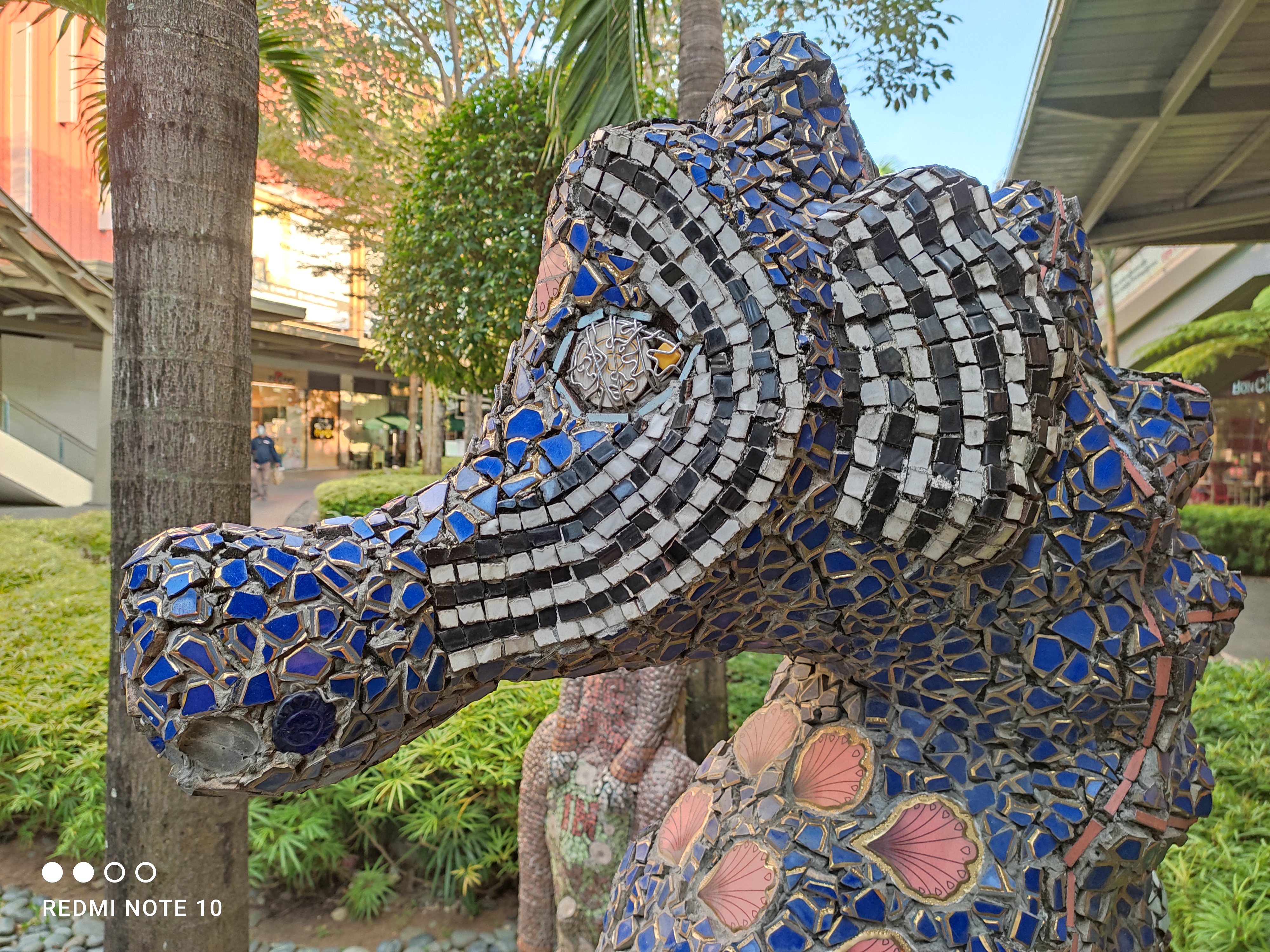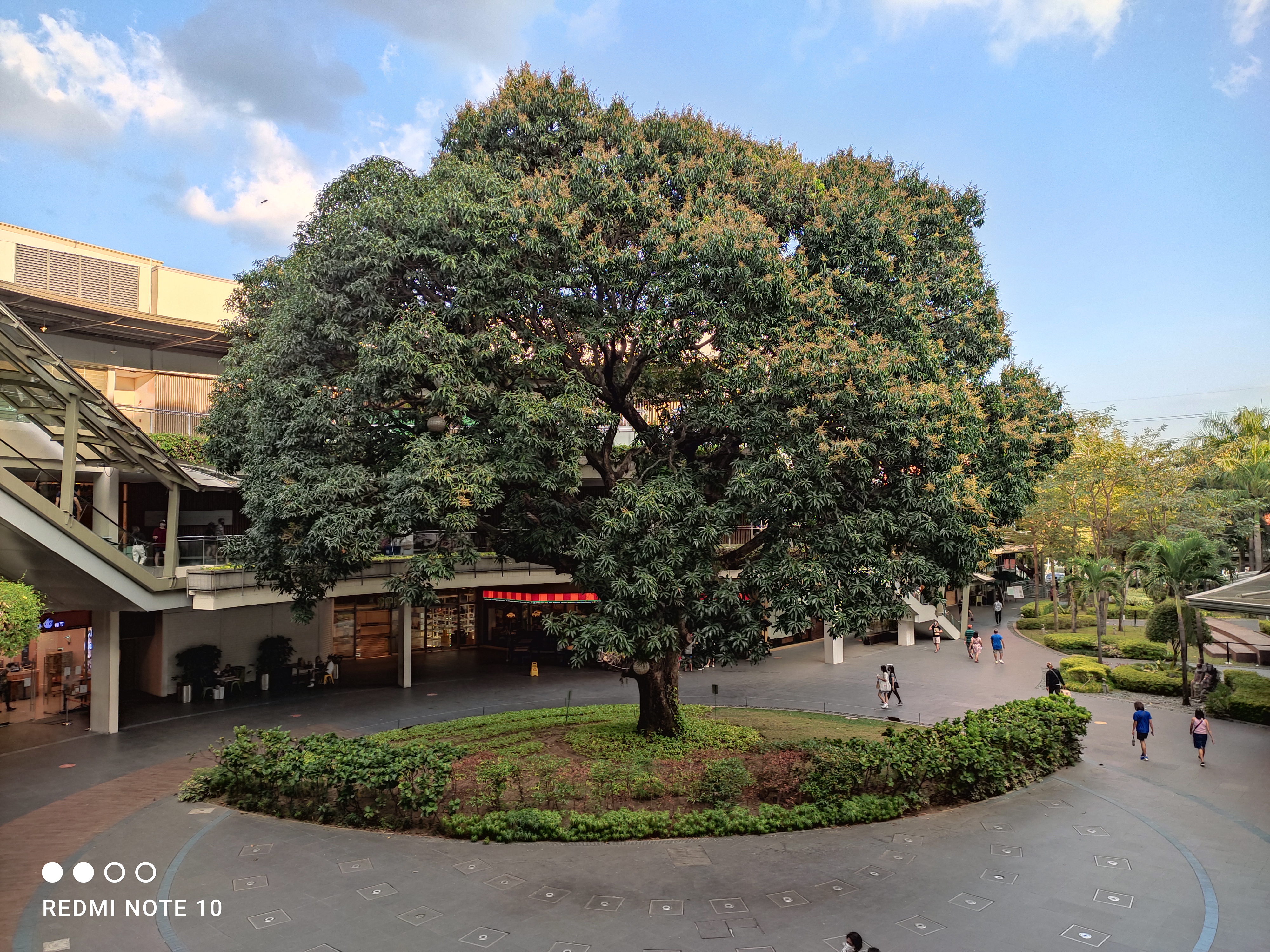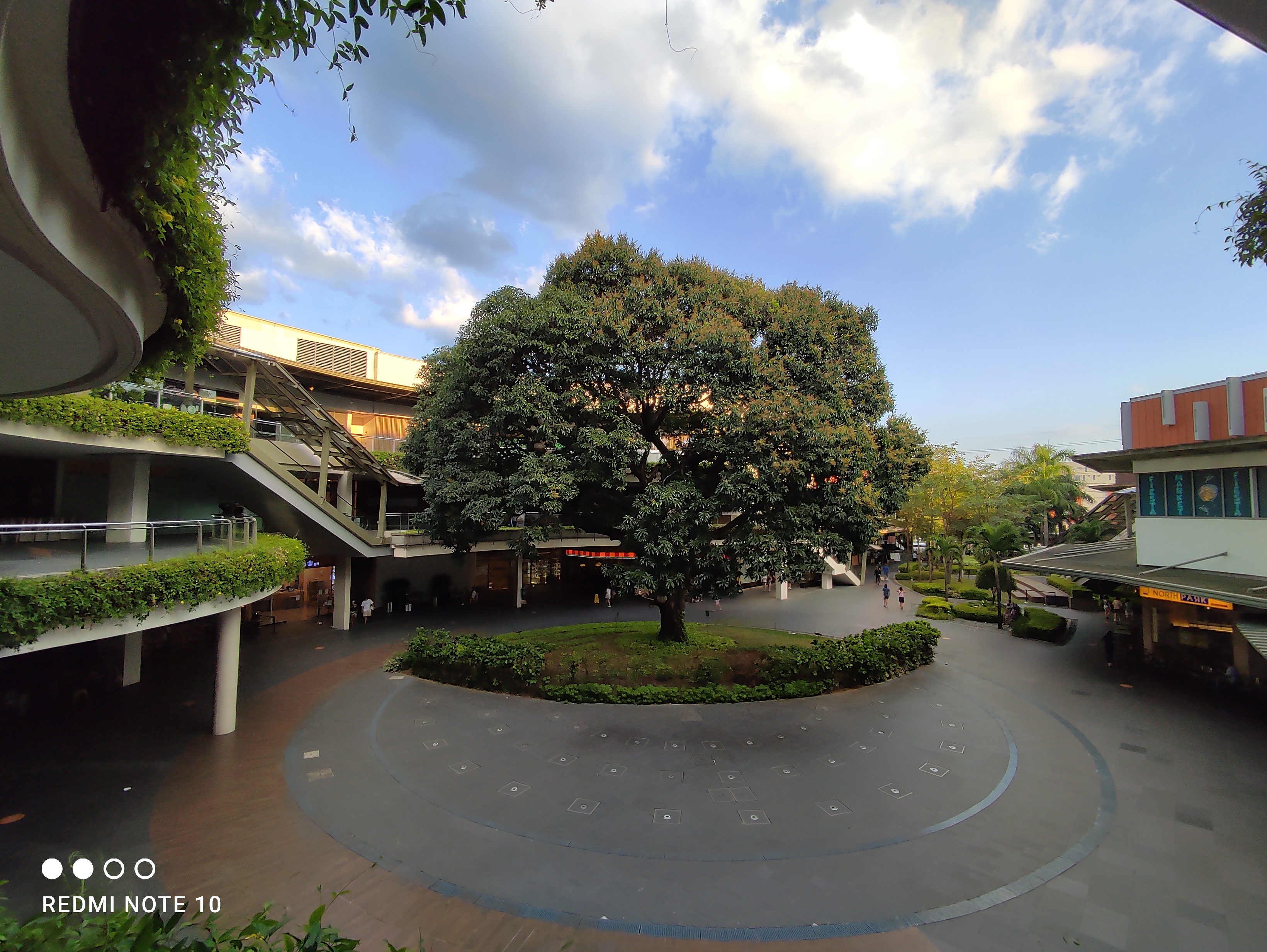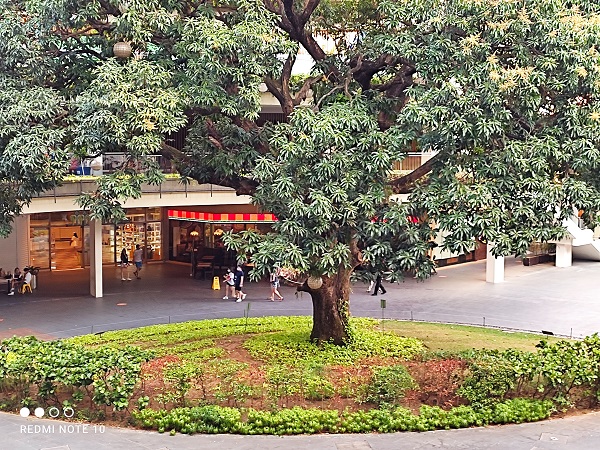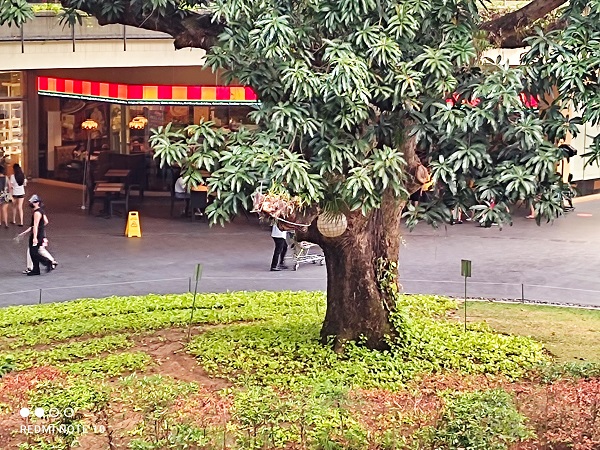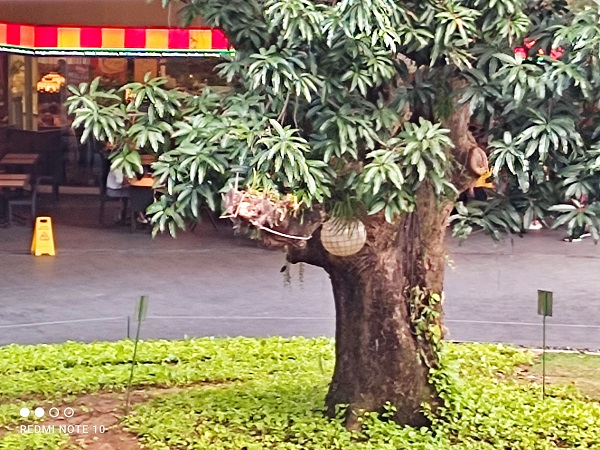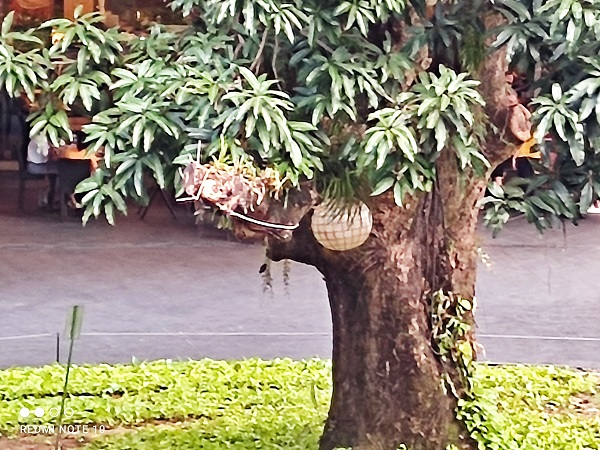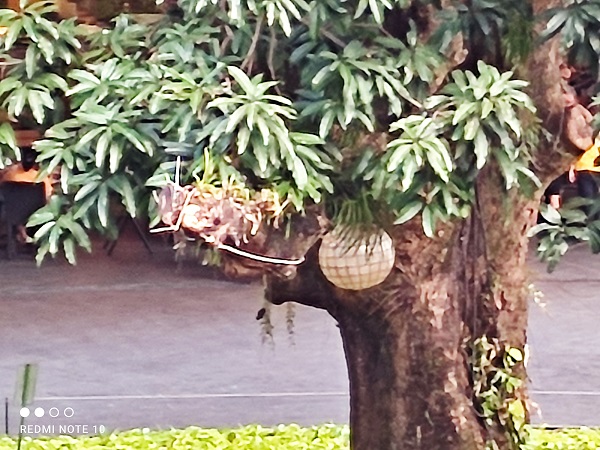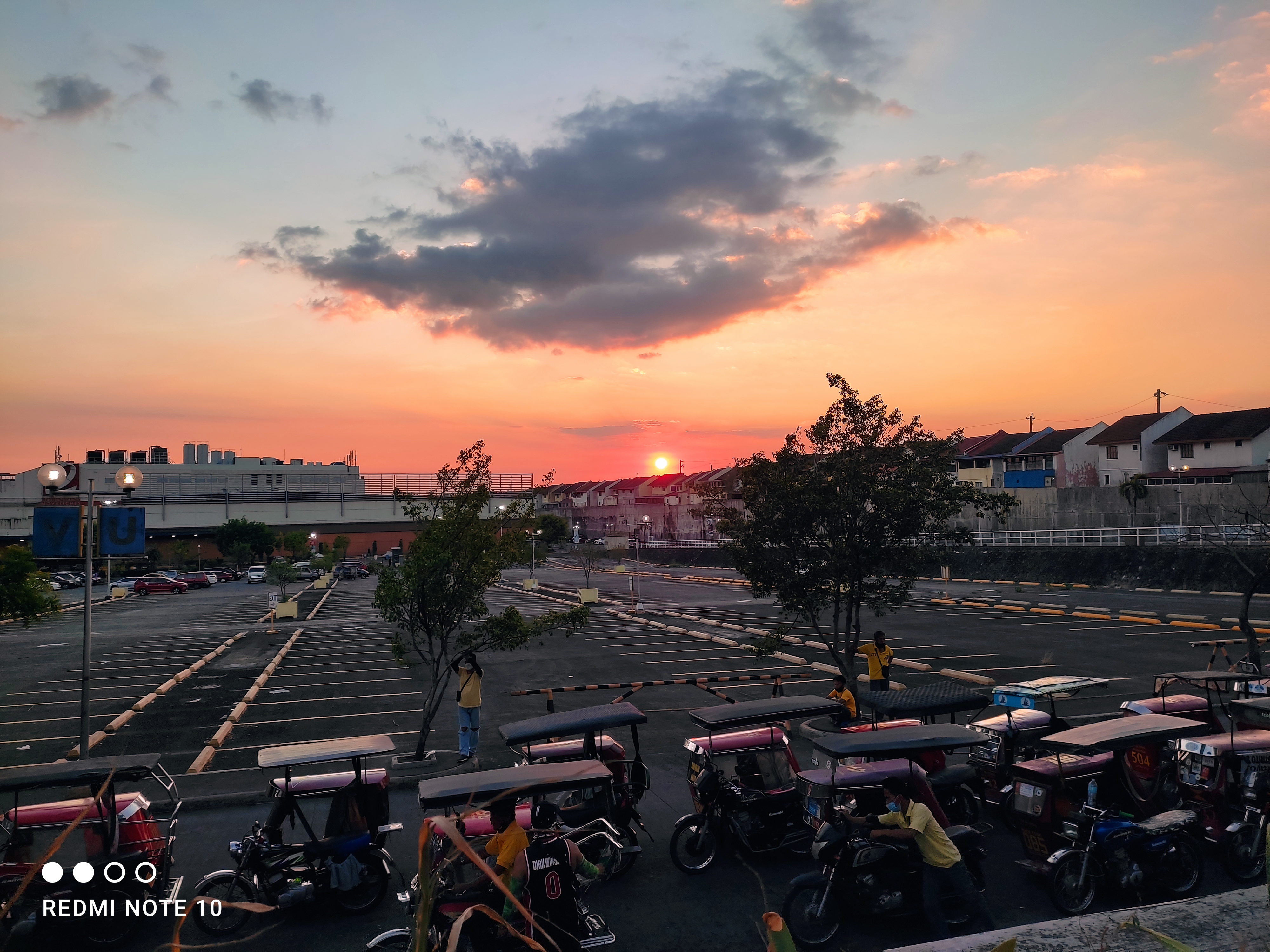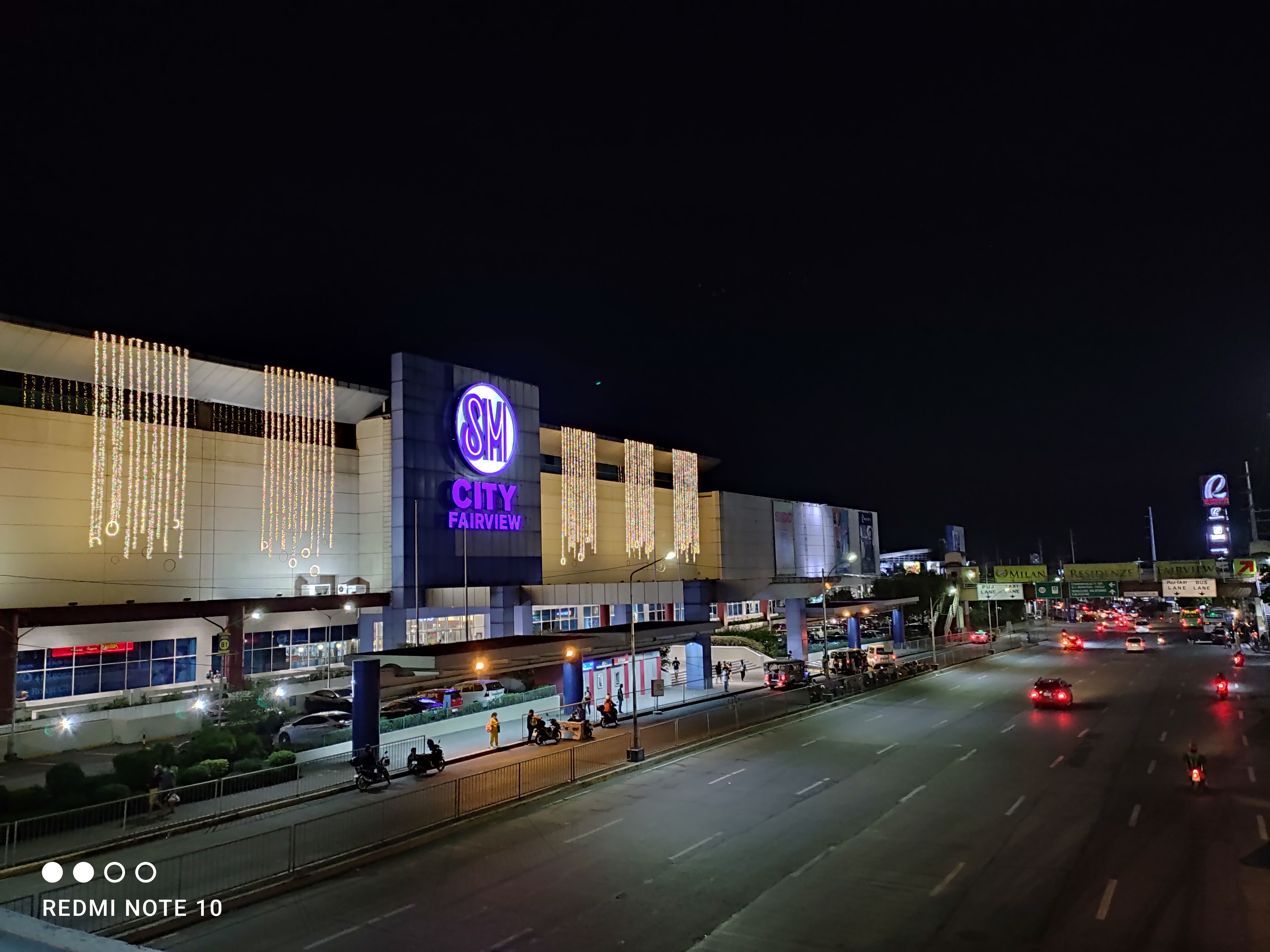RACONTEURPH
Stories worth sharing
Redmi Note 10 review: Painting the town Red(mi) again
POSTED BY: Lionell Go Macahilig2021-06-11 15:26:00 PHT
For us who love social media and the content that we upload and consume on it like photos and videos, mobile photography and videography remain as one of the most popular use cases of smartphones among Filipinos.
It is the same reason why smartphone makers like Xiaomi, one of the largest in the world, have emphasized the imaging capabilities of their smartphone models, regardless of their price segment.
Back in March, Xiaomi introduced to the Philippines the Redmi Note 10 as a new contender in the midrange price segment, selling for less than P10,000. Recently, I got a unit of the Note 10 and had a chance to explore its capabilities in the imaging department.
But first, let us have a quick look at the entirety of the Redmi Note 10.
The color variant that I got was Onyx Gray, but if you are looking for other colors, it is also available in Lake Green and Pebble White. The Redmi Note 10 looks good in Onyx Gray and appears quite purplish on some occasions, depending on ambient lighting.
The exterior is smooth and glossy. If you are worried about it getting dents and scratches, Xiaomi has bundled the Note 10 with a jelly case for protection. The case is also helpful in making unsightly fingerprints and smudges less visible.
On the front, the Redmi Note 10 sports a 6.43-inch AMOLED DotDisplay. Xiaomi has aptly called the phone's screen DotDisplay referring to the punch-hole front camera above it. The punch-hole camera, along with the virtually bezel-less display design and 2400 x 1080p screen resolution, gives users an ample view of what's on the phone.
Under the hood, the Note 10 is powered by a Qualcomm Snapdragon 768 mobile chipset which optimally runs Xiaomi's MIUI operating system based on Android 11. The Note 10 comes in two RAM and ROM combinations: 4GB RAM + 64GB ROM (P8,490) and 6GB + 128GB ROM (P9,990).
Going back to the front camera, it is backed by a 13-megapixel image sensor with F2.45 aperture. The front camera can record videos in two modes: 720p at 30fps and 1080p at 30fps.
The elevated main camera on the back is a quad-camera system, consisting of a 48-megapixel wide-angle camera, 8-megapixel ultra-wide-angle camera, 2-megapixel macro camera, and a 2-megapixel depth sensor. These cameras enable Redmi Note 10 users to capture images with ease, whether the subject is too close, at midrange, or too far.
The Redmi Note 10 performs well as a macro photography camera, which makes the smartphone an ideal device if you are into nature or toy photography. Some smartphones encounter difficulty when capturing close-up or detail shots, but the Note 10 makes the task effortless. Enabling the camera's artificial intelligence also enhances the resulting image.
Midrange shots are ideal for portraits and there is nothing to complain about the Redmi Note 10 in this category. Like in macro photography, the resulting midrange shots are clear and vibrant. Enabling AI does some post-processing, though it might overdo it a bit. I suggest that you shoot your photos in both default and AI-enabled mode so you can evaluate the outputs and choose the photos that you prefer.
For long-distance shots, I got a chance to explore Redmi Note 10's up to 10x zoom level shooting the sunset and other subjects. Shooting at up to 4x zoom gave me decent shots, but outputs shot at 6x zoom onward started to manifest inkblot or watercolor effect.
The night shots that I took with the Note 10 are clear and vibrant with a minimal amount of noise or graininess. Another strength of the smartphone's camera is its video recording capability. Video clips that I took with the handset are sharp and brilliant at any resolution, not to mention that the sound of the videos is clear (see sample 4K video here).
Overall, Xiaomi's Redmi Note 10 is an appealing smartphone offering, considering its physique, imaging capability, and price.
